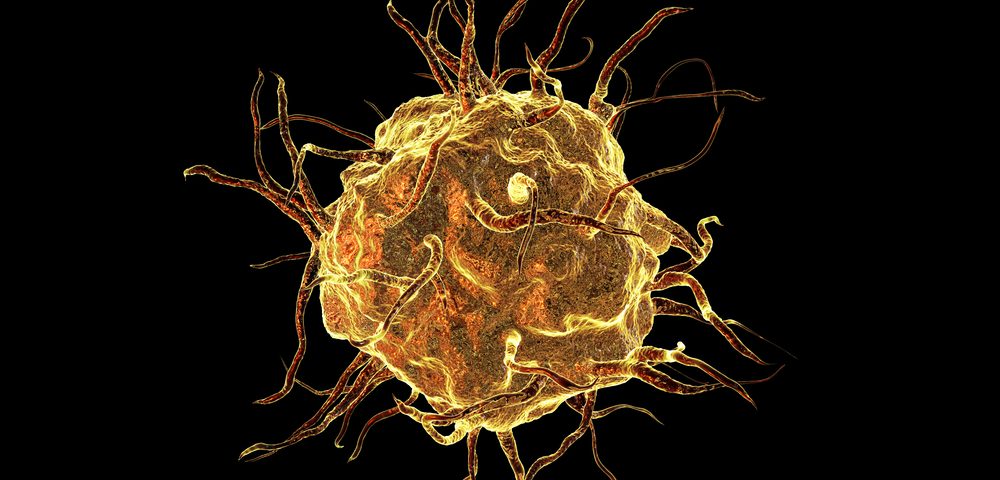Results of a Phase 3 trial showed that a combination of the investigational medication elagolix with low-dose hormone therapy reduced heavy menstrual bleeding in women with uterine fibroids at six months of treatment, according to AbbVie and Neurocrine Biosciences.
In detail, 68.5% of women treated with the combo therapy achieved clinical response, compared to 8.7% of those treated with placebo.
Researchers defined clinical response as a 50% or greater decrease in menstrual blood loss volume from the start of the study to month six, and a loss of less than 80 mL during month six alone. Menstrual bleeding was assessed with the alkaline hematin method, which estimates the blood concentration of hemoglobin (the protein that carries oxygen throughout the body).
The multi-center ELARIS UF-I trial (NCT02654054) is the first of two replicate, six-month Phase 3 studies evaluating the effectiveness and safety of treatment with elagolix alone and in combination with low-dose hormone therapy with estradiol/norethindrone acetate in women with uterine fibroids.
The women were diagnosed by a pelvic transvaginal and transabdominal ultrasound.
The research includes premenopausal women ages 18-51 and will also assess measures of bleeding suppression and changes in hemoglobin. Women will either proceed to post-treatment follow-up or to a six-month extension study.
The overall safety profile of elagolix was consistent with previous data from Phase 2 studies. Treatment with the investigative therapy caused hypoestrogenic effects — these are related to lower estrogen levels — such as hot flashes and a reduction in bone mineral density. Scientists are currently analyzing further safety data, including the most common adverse events.
Uterine fibroids, also known as leiomyomas or myomas, are noncancerous tumors. They are the most frequent type of abnormal growth in a woman’s pelvis and can occur in up to 80% of women by age 50.
Although fibroids can be asymptomatic, approximately 25% of women develop related symptoms beyond heavy menstrual bleeding, including painful periods, vaginal bleeding outside of menstruation, and anemia. The prevalence of fibroids is greater in African-American women, who also develop them at a younger age.
Uterine fibroids may be treated with approaches that range from surgery to endometrial ablation, or MRI-guided ultrasound. Women may also receive pharmacological therapies with oral contraceptives, progestins, or gonadotropin-releasing hormone (GnRH) agonists, some of which are not specific for uterine fibroids.
“Current non-surgical treatments are limited and women suffering from uterine fibroids need more therapeutic options,” Dawn Carlson, MD, vice president, general medicine development at AbbVie, said in a press release. “The results from this study represent a significant advancement in the development of elagolix and demonstrate our continued commitment to address serious disease.”
Elagolix is a GnRH receptor blocker designed to be taken orally. The compound blocks GnRH signaling in the pituitary gland, and inhibits the production of luteinizing hormone (LH) and follicle-stimulating hormone (FSH), which decreases the production of estradiol and progesterone in the ovaries.
Estradiol and progesterone are associated with the development and worsening of endometriosis and uterine fibroids.
The clinical potential of elagolix for the treatment of both endometriosis and uterine fibroids was recently discussed with experts in an interview for Endometriosis News.
AbbVie will present data from the ELARIS UF-I study at an upcoming medical conference. The results will support regulatory submissions for the treatment candidate.

